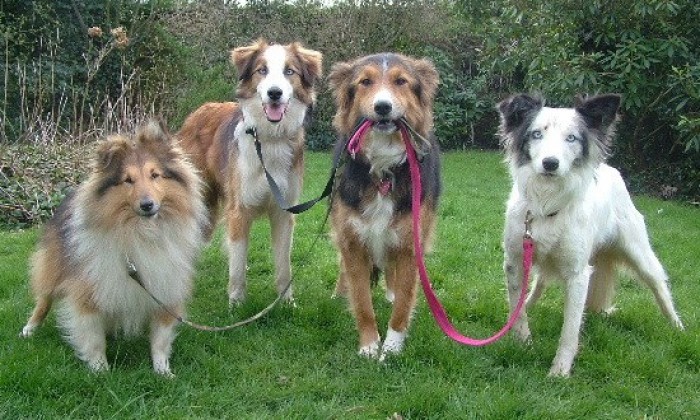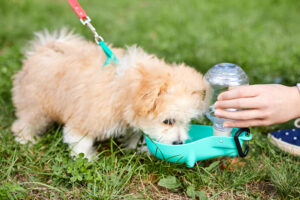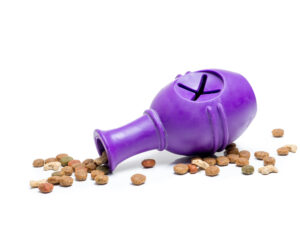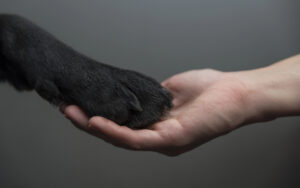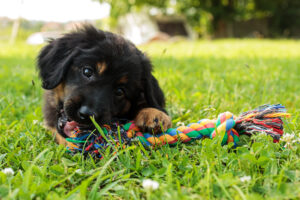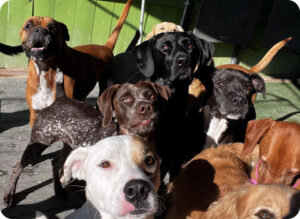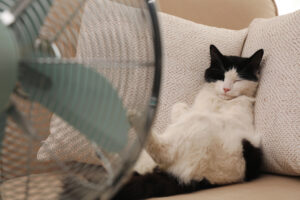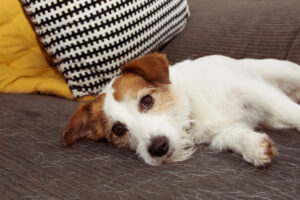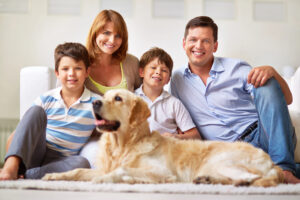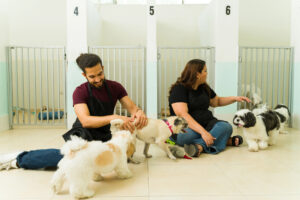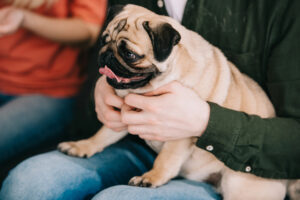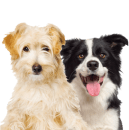Recall Training
Welcome to our first ever installment of Fon Jon’s Training Tips Series. With the success of our Doggie Daycare blog, the revered Manuel Villanueva has deemed me worthy of scribing his wealth of knowledge to share with you so that you can better understand your dog and become a better dog owner. Cutting right to the chase, we’re going to discuss the most important lesson your puppy will ever learn, the recall also known as “Come!” The recall is crucial for dependability. Being able to reliably have your dog return to you offers freedoms and a peace of mind that other pets and their owners simply can not enjoy. The value of instilling this action at a young age cannot be understated. A common mistake is waiting until your dog has matured to start teaching recall. By this time your dog has most likely learned they can ignore your commands, whereas a puppy does not yet know how to disobey. It’s much easier to create a good habit than it is to break a bad one. Beginning at three and a half months your puppy starts having the capacity to retain basic obedience but recall can and should be taught as early as 10 weeks. At this young age you are nurturing the basic instinct to be near a parent, making this an easily taught lesson that is very pleasant for your dog.
Rewarding Your Dog
To start you will need an assistant and some enticing treats such as hot dogs or chicken, anything that really piques your dogs interest (my personal dog is partial to pepperoni and lunch meat). Have your helper restrain your pet by holding the dog’s chest or placing a hand under their collar, do not pull back on a leash. With your dog being held in place stimulate your pet by presenting the treat then running a couple steps away, few puppies can resist the excitement of a chase. When you get about 10 feet away drop down with open arms and call “(Your dog’s name) Come!” in a clear and excited voice. Your assistant should release the dog the moment you call. Only state your command once but non-verbal encouragement such as clapping or slapping your leg can help steer your pup in the right direction. Repeatedly yelling a command that your dog does not respond to only conditions them to ignore your calls. Greet your dog with excitement and praise and reward them with the treat. You want to establish that coming to you is always the best option for your dog. As your pet arrives gently secure them by holding their collar as they receive their reward. This teaches the dog to stay in place after returning to you when called, as opposed to darting away when you reach to attach their leash, thereby allowing your dog to start a game you are sure to lose. Eventually the dog should sit upon returning but to start your only concern should be your puppy coming to you. Repeat this process 5 times, keeping your sessions short and sweet. You don’t want to bore the dog, keeping your training fresh is an important aspect of holding your dog’s interest and establishing good habits. On the last repetition of your session you’ll want to scoop them up and carry them off as one final reward. Don’t forget practice makes perfect, so make an attempt to fit as many sessions as you can into your schedule. When you first start your training you will want to keep the distance your dog has to travel relatively short and gradually increase the increments as your dog progresses. In the same sense when you first begin you will want to practice your training in a controlled environment familiar to your dog such as your house or back yard. As your dog improves you will want to move to new more demanding areas, gradually increasing distractions to you dog. For example your next step after the back yard should be the front yard, not the dog park. It’s important to vary where you work on your puppy’s recall so that they understand they need to respond to your command at all times and in all places. If you only practice in your house your dog will be less responsive out in the world. Don’t be afraid to take a step back if you are increasing your training demands and your dog isn’t keeping up. Baby steps are the name of the game and its infinitely better to make small advancements well than it is to make huge strides poorly. With this knowledge and a few weeks work you can imprint a valuable trait that will last a lifetime.
You are now well on your way to having a responsive, reliable companion. Positive, upbeat sessions at a young age are important to laying a solid foundation for future learning. So now that your pet understands how to respond to “Come!” what’s next? What is your course of action when your dog starts to disregard you during your training sessions? For now practice what you have learned and stop back next week for more advice on how to continue molding a dependable dog.




